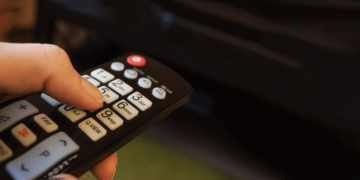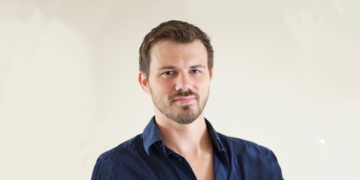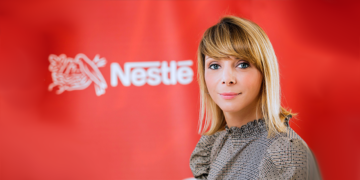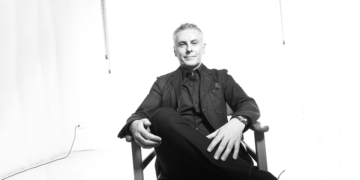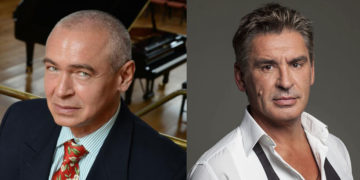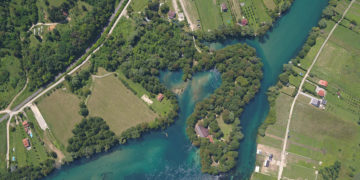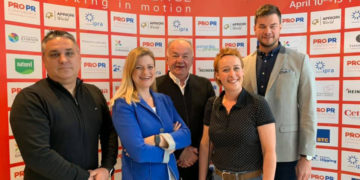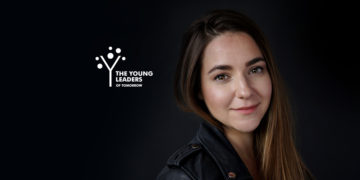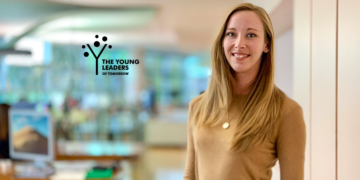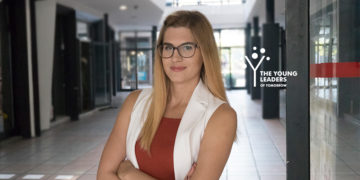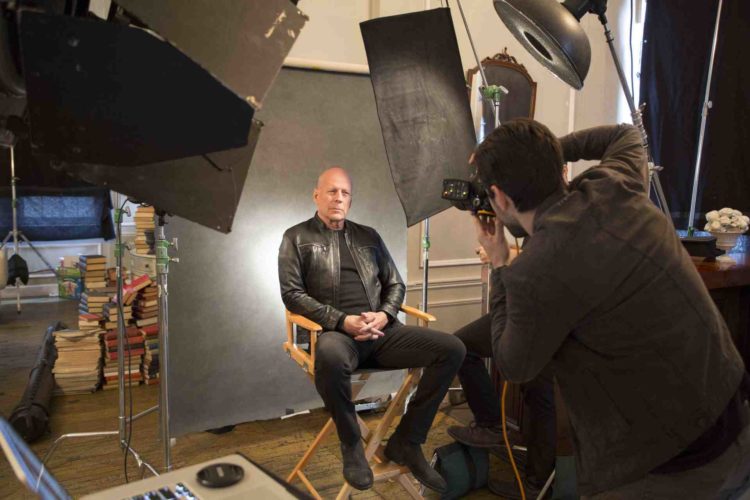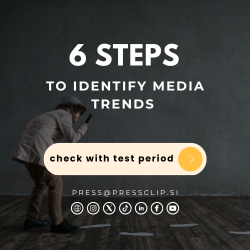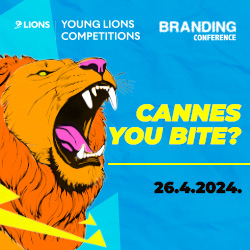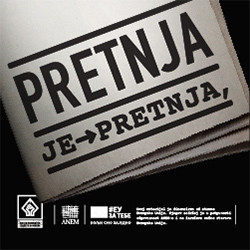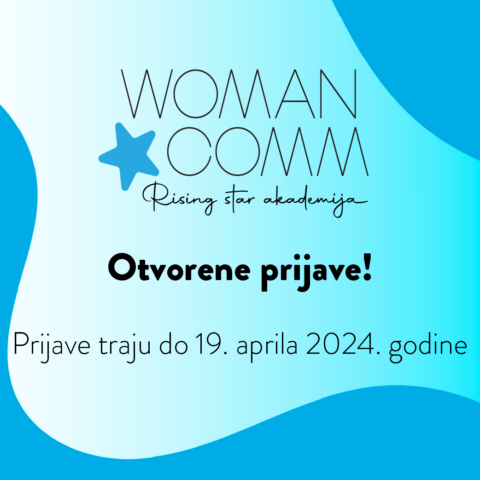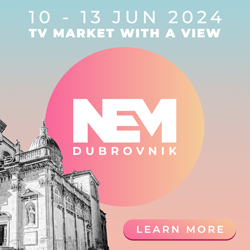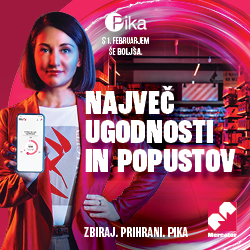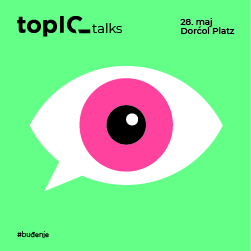Drugi jezik na kojem je dostupan ovaj članak: Bosnian
The HELL Energy story began in 2006 as a Hungarian family company, and its products have entered the growing market for energy drinks. The HELL Group has its own bottling plant and aluminum can production facilities in Sziksza, and today the products are available in almost fifty different countries from Chile to the Philippines.
At the beginning of April, they launched a global brand campaign, Hell Bruce Willis. On that occasion we bring you an interview with Pantl Péter, marketing director of Hell Energy.
Why did you choose Bruce Willis as the face of your new campaign?
We were on a trip abroad mid-last-year, and were brainstorming on who would be the most suitable face of HELL. We wanted someone who is credible, who has the energy that we represent and is known throughout the world. Most large companies, when they choose someone to be the face of their campaign, put their company photo next to the name of the celebrity. We wanted someone whose name we don’t have to spell out. When we put the names into the hat, three remained and, based on the company owners’ opinion, Bruce Willis seemed to be the best choice.
What was your communication goal?
Our aim was to show an A-list celebrity and an A-list product. We did not want to overcomplicate things. All the creative materials and the commercial communicate the same idea: Bruce Willis drinks HELL, just like any of us. By the way, he really did like HELL energy drinks. This was important to him, to actually like the product before he agreed to do the ad. A star like him only lends his name to a product he can relate to and believe in.
He is an action star who has been present in the movie world for a long time. Is he also popular among the younger generations who are HELL’s target consumers?
I ran the names in the hat by my 17-year-old daughter and her friends and without any instruction from me, several of the kids in her class chose Bruce Willis as their first choice, but he was in the TOP 3 for everyone. When I asked them why, they said: he’s credible, he makes good movies and everyone knows who he is. Not only their peers can be role models for kids, for example, what about a guy a who saves the world in his movies, or saves his family…HELL is a positive brand and Bruce Willis is a positive hero.
Did you do any prior research regarding his image?
We conducted some research a couple of years ago on how consumers choose the products they purchase and who they consider to be credible ‘faces’ of brands. It’s a tough situation, if you are thinking in global terms, it is the brand that has to provide some novelty foremost and dictate consumer tastes and not the other way around. It would be difficult to determine who the most credible faces are from Hungary to the Philippines. You can go with athletes, but they are usually controversial, or it may be a famous musician, but then you have to take into account that people like different kinds of music and you may be committing to something you didn’t intend to commit to. In the end, it was obvious, because Hollywood is something we can all agree, movies are interesting to everyone.
Is Bruce Willis going to be connected to the introduction of the new flavor, too?
We used our Classic flavor in the campaign, because it’s the one that’s available in all the countries HELL is available in, but we are getting ready for summer with a new product, our Football Fanatic Edition, which is a limited series packaging version of our Classic can. It’s a soccer-themed version for the World Cup. But we feel that such a strong brand communication as we created with the Willis campaign will certainly have an effect on sales of the different flavors, too.
HELL does a lot of advertising domestically and is continuing to get bigger globally. Do agencies often reach out to you?
We are often sought out by different creative agencies and media agencies on the market. In these cases, we analyze what they can add to the life of the brand and how they can make us more efficient. If we see potential, we are open to collaboration. We are not actively avoiding agencies, but we utilize them at the points where our own organizational capacities are limited. For example, PR agencies who know the local circumstances are very valuable to us for the Bruce Willis campaign. We have yet to receive truly novel ideas from creative agencies, though. The situation is similar as regards media purchasing, but it really depends on the market, we have to tailor our strategies to local conditions.


